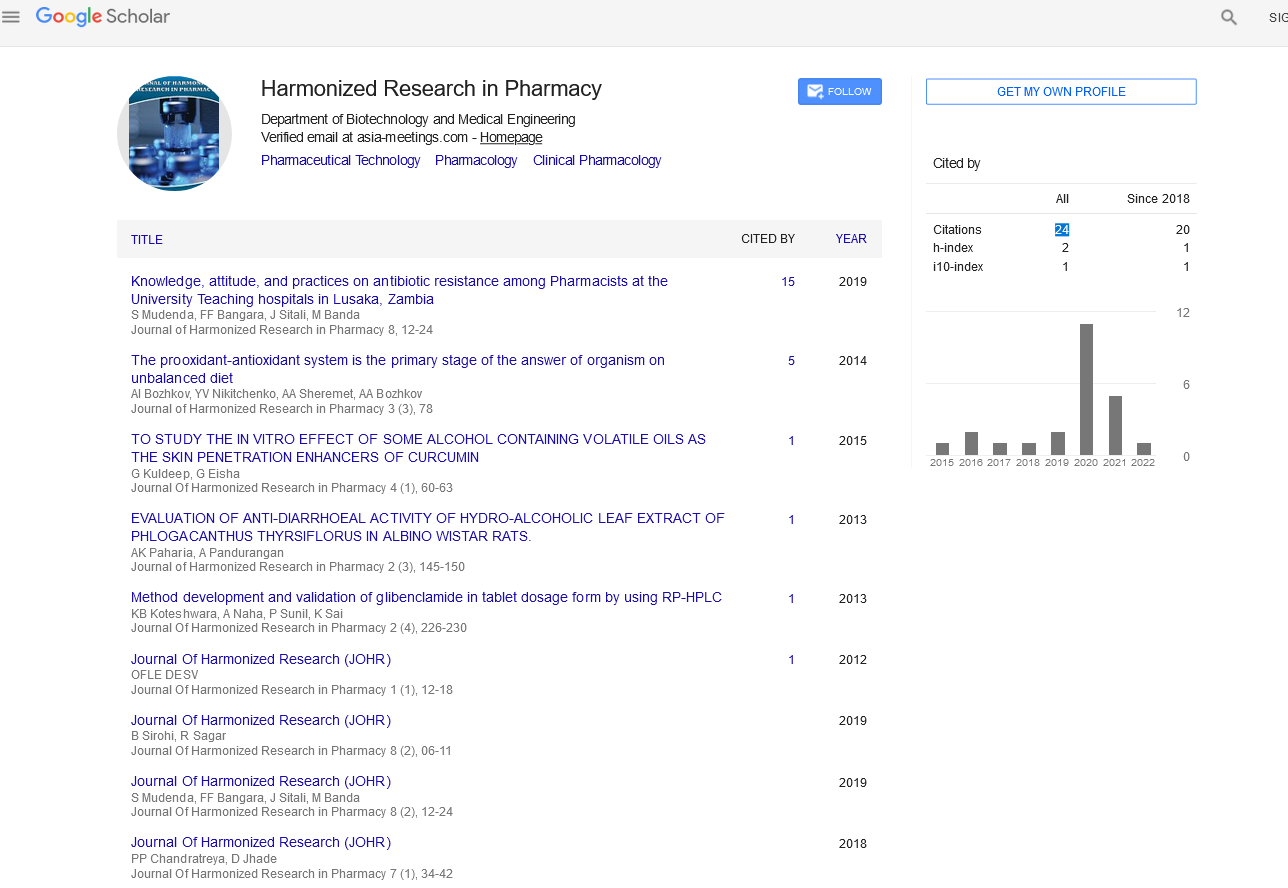QUERCETIN- A FLAVONOID IDENTIFIED IN BRYOPHYTE
Abstract
Author(s): Deepti Suhalka
Bryophytes the plant amphibians contain numerous potential compounds, including oligosaccharides, sugar alcohols, amino acids, fatty acids, aliphatic compounds, aromatic and phenolic substances etc. These plants show fragrant odours and intensely hot and bitter taste as well as diuretic and anticancer activity. A number of bryophytes have been used as medicinal plants to treat burns, bruises, external wound. Traditionally the bryophytes possess some bioactive compounds and used throughout the world as drugs. These plants produce a high diversity of natural products or secondary metabolites with a prominent function in the protection against microbial pathogens. Secondary metabolites, including terpenes, phenolics and nitrogen (N) and sulphur (S) containing compounds These plants also offer a rich source of rare and structurally unique molecules and can serve as a reserve of potentially antifungal compounds for further development as pharmaceuticals. Biological control of plant diseases would help in preventing increase of pathogen. Among secondary metabolites flavonoids are a group of polyphenolic compounds, which are widely distributed throughout the plant kingdom. Flavonoids like Rutin and quercetin possess many biochemical effects. An HPLC method was developed for the estimation of quercetin from methanol extract of bryophyte. This review presents an overview about presence of some secondary metabolites in bryophyte extract and their antimicrobial activity. Keywords: Secondary metabolites, rutin, quercetin, antifungal

Google Scholar citation report
Citations : 147
Journal of Harmonized Research in Pharmacy received 147 citations as per google scholar report









